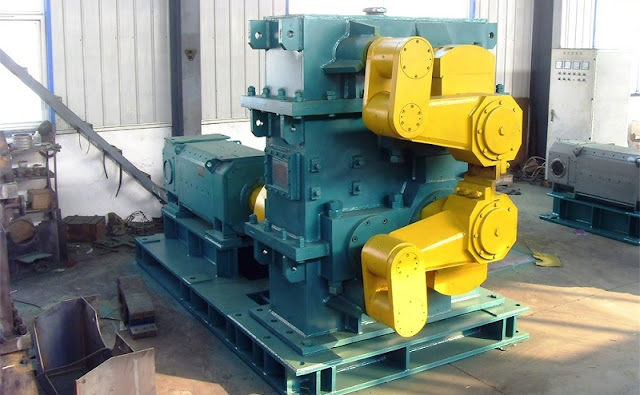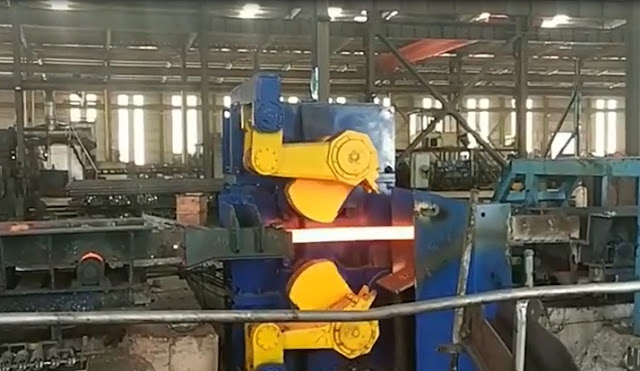At present, Asia is the fastest-growing economy in the world. However, China is the focus of Asia. Under such a rapid development situation, China's infrastructure has developed rapidly, and various types of wires have been in short supply. The original old-fashioned horizontal rolling mill and double-rolling mill are far from meeting the needs of today's market development in terms of accuracy and quality, as well as in terms of output and control level.
Therefore, in the late 1960s, with the continuous improvement of the technical level, various new types of high-speed twistless finishing mills were developed in the world, and the wire weight was increased from tens of kilograms to two and a half tons. The final exit speed of the rolling is increased from the original 20m/s to 30m/s to the current 130m/s, and the finished product tolerance is ±011mm.
Due to the smooth surface quality of the wire, the head-to-tail tolerance value is small, and the metallographic structure is more uniform after the water-cooling and the loose-rolling control are cooled, so that the wire can be drawn without heat treatment, thereby greatly reducing the cost and receiving a large number of users. Praise and welcome.
At present, representative finishing mills include internal drive 45-degree wire rod mill, external mesh drive 45-degree finishing mill, X type 45 degree centralized drive finishing mill, Y type three-roll finishing mill, flat roll drive finishing mill, 75 degrees. ×15 degree concentrated transmission finishing mill six types.
Compared with the old-fashioned rolling mill, these rolling mills have the following characteristics:
1. Single-line continuous rolling, convenient and safe operation;
2. High rolling speed, currently up to 130m/s;
3. Convenient for changing rolls;
4. Convenient for changing guides;
5. High, low cost;
6. Wire rod tolerance is small, the surface is smooth;
7. Wire rod has high internal quality;
8. High level of automation control.
In recent years, China's wire rod mill equipment has developed very rapidly.
More News You May Interesting:
Why does the Steel Bar Bend after being Cut by Flying Shear?
Headless Welding Rolling Process
Bar Rolling Mills Water Cooling Technology
How to Improve the Thermal Efficiency of the Reheating Furnaces?
Causes of Surface Cracks in High-Speed Wire Rod Rolling Mill
What is Slit Rolling?
Failure Analysis of Cold Mill Roll
Causes and Solution of Steel Piling-up in High-speed Wire Rod Rolling Mills?
Bar Automatic Counting System
Rolling Mill Pass Design




















